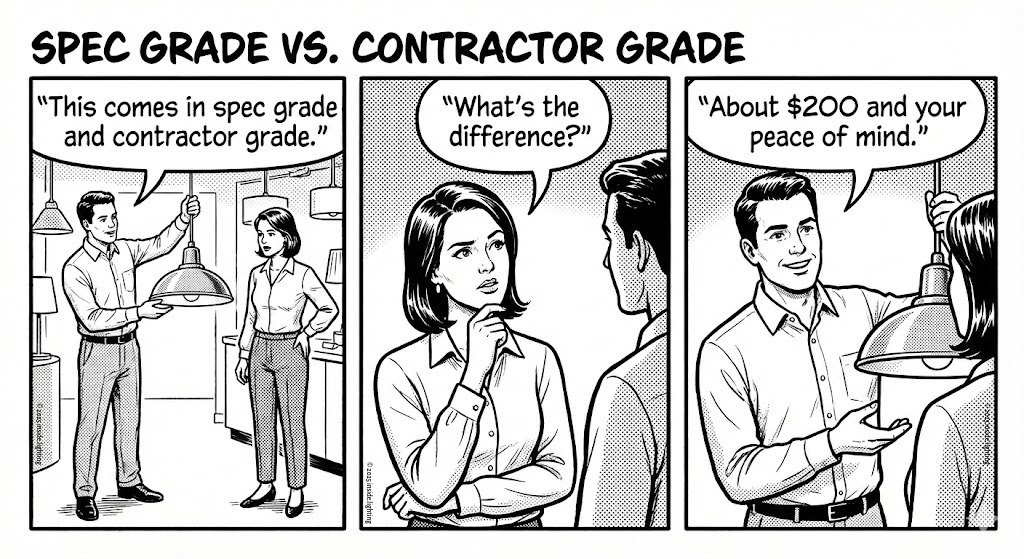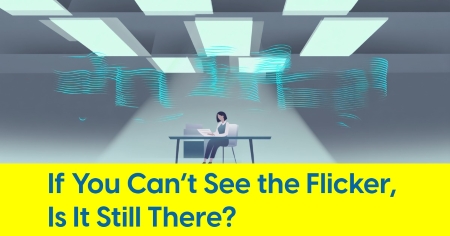June 2, 2025
Lighting Citation Removed Amid MAHA Report Controversy

Above: Karoline Leavitt, White House Press Secretary, answers media questions about MAHA report on Thursday; Image credit: Official White House YouTube channel
Federal report deletes erroneous citations while keeping lighting-related claims intact
On May 22, the White House’s “Make America Healthy Again” (MAHA) Commission released a sweeping 73-page report tying America’s childhood health crisis to a range of environmental and behavioral factors — from food additives to screen exposure. Among the many topics addressed, lighting earned a surprising spotlight.
Inside Lighting was the only industry trade publication that covered the initial MAHA report, including its specific citation of a 2015 study by lighting researchers Mariana Figueiro Ph.D and Mark Rea Ph.D — a reference that has since been deleted in a revised version of the report.
Among the many issues raised, the report highlighted how artificial light at night and lack of bright daytime light can disrupt sleep and circadian rhythms, particularly in children. It cited melatonin suppression, glucose dysregulation, and mental health impacts as downstream effects of poor lighting environments. For those in the professional lighting and health communities, it marked a rare moment: federal attention on lighting as a public health variable.
In the days that followed, the report faced scrutiny not just for some of its conclusions, but for its sourcing. Multiple news outlets flagged errors across the document — including misattributed studies, nonexistent publications, and references that overstated scientific consensus. Numerous citations were revised or removed in a May 29 update, which White House Press Secretary, Karoline Leavitt, described broadly as “formatting issues.” The U.S. Department of Health and Human Services called them “minor citation errors.”
NOTUS' @MargaretManto joins @jaketapper to talk about her investigation into the MAHA report that cites studies that do not exist. https://t.co/TnYhFBIxgh pic.twitter.com/oRU8mXwCwK
— NOTUS (@NOTUSreports) May 29, 2025
A Footnote That Didn't Hold Up
Included in the original MAHA report was a footnoted citation referencing well-known lighting researchers Mariana Figueiro, Ph. D. and Mark Rea, Ph. D. At the time of the cited research, both were affiliated with the Lighting Research Center (RPI) at Rensselaer Polytechnic Institute. Figueiro now serves as Director of the Mount Sinai Light and Health Research Center, while Rea is a professor at the Icahn School of Medicine at Mount Sinai. The study was listed as:
“Figueiro, M. G., Wood, B., Plitnick, B., & Rea, M. S. (2015). The impact of light from computer monitors on melatonin levels in college students and children. Pediatrics, 136(4), e916–e923.”
That citation raised eyebrows for multiple reasons. The study was never published in Pediatrics, and the phrase “and children” does not appear in the original title. The actual study was titled, The impact of light from computer monitors on melatonin levels in college students. The MAHA version altered the title, changed the publication date, cited the wrong journal, and misrepresented the study’s actual conclusions.
By May 29, the MAHA report was updated online. Dozens of footnotes were modified or removed, and the citation to the Figueiro-Rea study was gone. In its place: a reference to a 2021 systematic review on electronic media use and sleep among children and adolescents. This edit was one small part of a sweeping set of changes to the report.
Same Narrative, New Sources
Despite the altered footnotes, the report’s lighting-related narrative remains intact. It still highlights the role of blue-rich LEDs in delaying melatonin production, notes that 99% of Americans are exposed to nighttime light pollution, and stresses that many children lack sufficient bright light exposure during the school day. The revised version continues to claim that these factors “contribute to sleep disruption, mood disorders, and chronic disease in children.”
As of June, the MAHA Commission is still developing its final “Make Our Children Healthy Again Strategy,” due by August. Whether lighting keeps its place in that strategy — and whether the supporting science stays accurate — remains to be seen.











